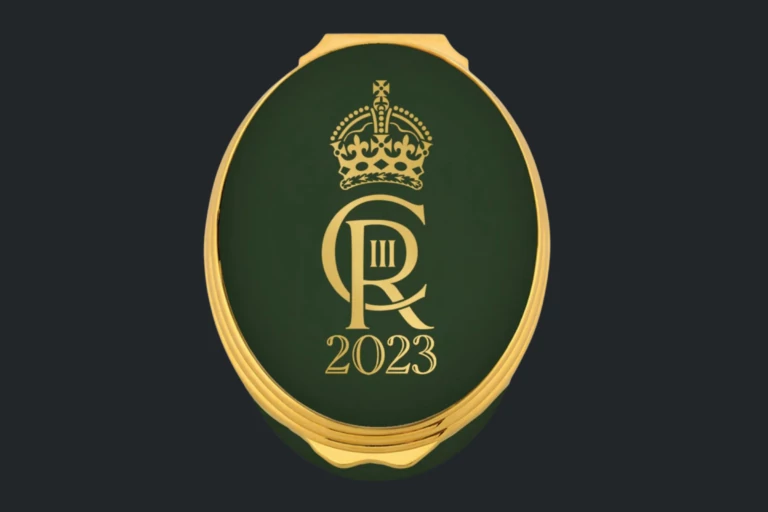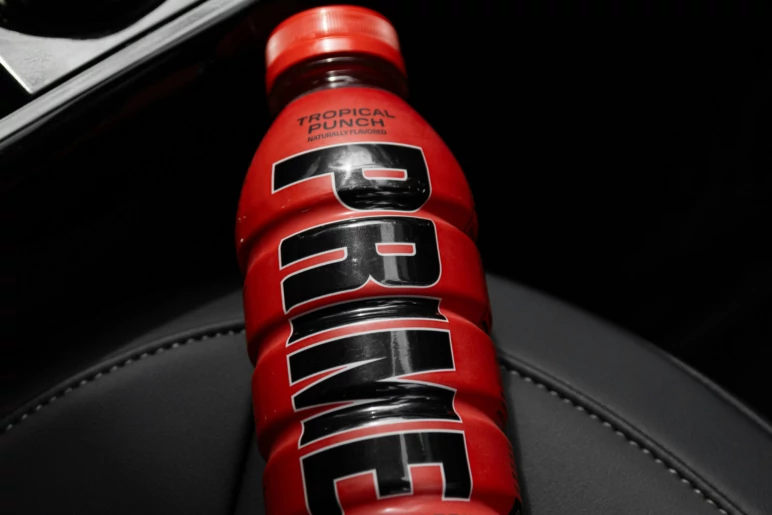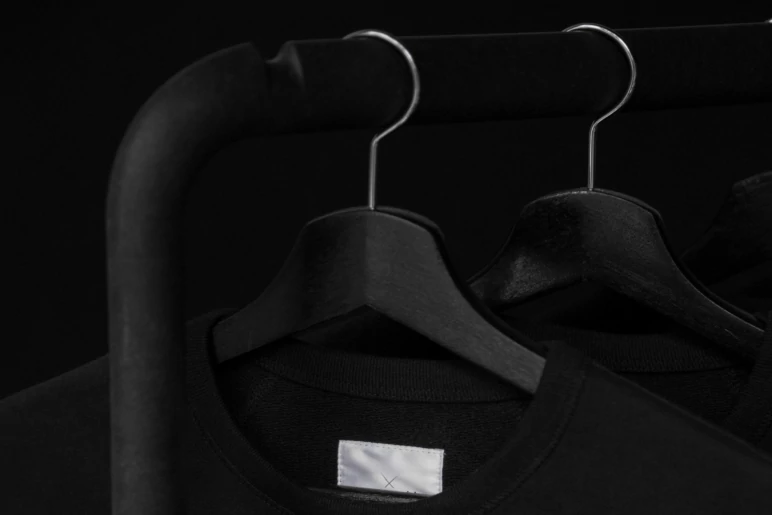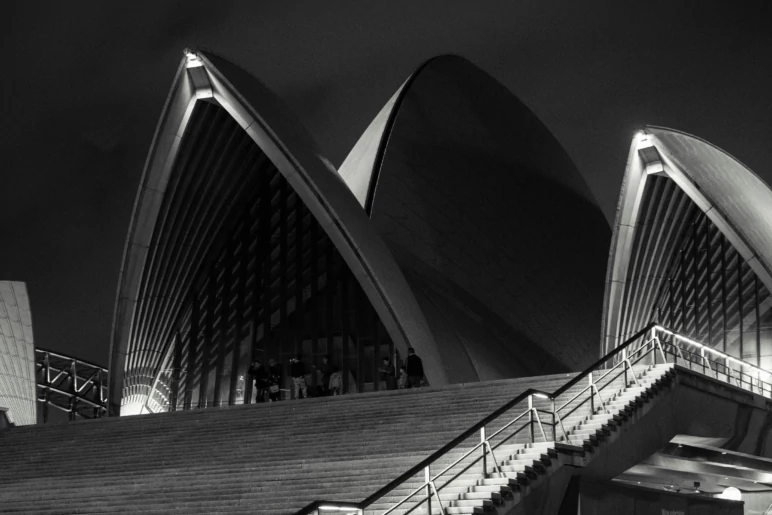We will never be Royal…or even a Lorde

By Georgia Renard | Associate & Blair Beven | Principal
In the whirlwind of public attention surrounding Prince Harry and Meghan’s latest venture – namely being the establishment of their royal(ish) webpage sussex.com, the clean-cut landing page for The Office of Prince Harry and Meghan, The Duke and Duchess of Sussex – the intricate dance between trade mark laws and royal branding has come to the fore.
Despite Harry and Meghan’s unmistakable (if controversial) association with the British royal family, the duo’s use of the term “Sussex” has raised some eyebrows due to the late Queen’s ban on the couple using the phrase “Sussex Royal” back in 2020. This ban came after the couple had embarked on an extensive and no doubt costly marketing and branding campaign around “Sussex Royal,” which included a website, Instagram page, and the registration of “Sussex Royal” as a trade mark in multiple jurisdictions.
Harry and Meghan have evidently made the decision to drop the “Royal” and keep the “Sussex.” This decision seems to have been based largely on the wishes of the Queen and not on any legal challenges per say, although it stands to reason that Harry and Meghan would have received extensive legal advice. However, the omission raises significant questions around the interaction between royal symbolism and intellectual property law, and indeed the value of the Monarchy as a “brand” in a contemporary sense.
The legal landscape governing the use of royal insignia and related terms is complex in the United Kingdom. The Trade Marks Act 1994 (UK) outlines strict regulations regarding trade marks associated with the monarchy. Any representation of affiliation with or approval by the Royal institution requires explicit consent. This includes the use of royal arms, crowns, flags, representations of the King or members of the Royal Family, and any terms likely to suggest royal patronage, affiliation, or authorisation.
There is no doubt that having an association with Royalty can elevate the value of your brand. To have the endorsement of The King can elevate a business immensely. In Australia, the application of rules around so-called “royal” trade marks depend on specific circumstances, including the nature of the trade mark (connotation) and its potential to mislead consumers into believing that the good or service represented by the mark is in some way connected, affiliated with, or approved by the British Monarchy. Individuals or businesses contemplating the use of royal insignia in trade marks are advised to seek legal counsel to ensure compliance with relevant laws and regulations.
Unsurprisingly, there are many cases involving ‘royal’ insignia infringement. One notable example occurred in 1998 when a private mint in Pennsylvania, the Franklin Mint Corporation, attempted to use the name “Diana, Princess of Wales” for a line of commemorative plates and collectibles.
The use of Diana’s name and visage in this manner faced significant opposition from Princess Diana’s estate and the Diana Princess of Wales Memorial Fund, the latter of which had been granted intellectual property rights over Diana’s image following her death. When the Franklin Mint requested the grant of an official license to produce “Diana” merchandise, the Memorial Fund refused and indeed went on to sue the Franklin Mint for infringing on its own intellectual property rights in “Diana.” While the Memorial Fund eventually lost the lawsuit owing to the idiosyncrasies of Californian law (the jurisdiction in which the suit was brought), the Franklin Mint eventually ceased using Diana’s name and image anyway. This was because the lawsuit resulted in a significant amount of negative publicity for the Mint as the majority of the general public came to view the venture as an exploitation of Diana’s memory for commercial gain.
In this vein, it bears noting that Intellectual Property offices and authorities will often consider factors such as public perception, the association with well-known figures, and the potential for confusion when evaluating trade mark applications related to members of the royal family as well as to other institutions and individuals. This sort of issue has played out recently in an Australian trade mark opposition case in which The Australian Olympic Committee raised an opposition to the registration of the name ‘Pierre de Coubertin’ (the father of the modern Olympic Games) as a brand for clothing. The opposition argued that the name had a connotation of being associated or affiliated with the modern Olympics. The case settled and the trade mark was assigned to the International Olympic Committee (Association). Similarly, the EU’s General Court recently blocked the registration of the name “Pablo Escobar” as a trade mark in Spain owing to the feelings of “reasonable Spaniards” and Escobar’s associations with organized crime, despite never having been convicted of anything.
Back to being Royal… or not. Trade mark protection is not absolute. Terms like “royal” may be deemed descriptive or generic in certain contexts, limiting their eligibility for exclusive trade mark rights. Nevertheless, when used in conjunction with other distinctive elements or in a manner that is clearly not suggesting an association with the royal family, such terms may remain eligible for trade mark protection.
For instance, in Australia there are over 910 registered trade marks including the word “ROYAL,” many of which are not related to the British royal family. Some of these include “ROYAL WOLF” and “HER ROYAL FLYNESS”.
Returning to the question of sussex.com, the use of “Sussex” by Prince Harry and Meghan reflects a complex reality. While the term “Sussex” itself is not directly owned by the royal family – and indeed is itself a cultural region within England – its association with Harry and Meghan’s peerage and titles raises questions of potential confusion or exploitation. Trade mark law aims to prevent such confusion, particularly in commercial contexts where leveraging royal status for personal gain could tarnish the Monarchy’s reputation.
The couple’s initial attempt to trade mark “Sussex Royal” for their charitable foundation and commercial ventures faced legal hurdles and public scrutiny. Despite initial approval, they ultimately abandoned the use of the term following discussions with the Queen and senior officials. This decision likely reflects a desire to avoid controversy and maintain goodwill with the royal family and the public.
Under the terms of the exit agreement finalised with Buckingham Palace in 2020, Harry and Meghan retain their Duke and Duchess titles but are restricted from using “HRH” (that is, His or Her Royal Highness) for commercial purposes. In light of this, opting to trade mark the term “Sussex” is a sound strategic move by Harry & Meghan and represents a subtle nod to their Royal roots as the Duke and Duchess of Sussex while also maintaining a commercial distance by leaving the “Royal” out of it, at least explicitly.
The use of “Sussex” in this way is emblematic of the narrow path that Harry and Meghan seem to be carving out for themselves. It allows them to keep one foot in England and all the trappings of royalty. It also allows them to take a step into a commercial reality in which this tie is at once legally problematic and integral to their brand identity. The link to the Monarchy in “Sussex” is implicit and contextual, and therefore more commercially viable from an IP perspective.


